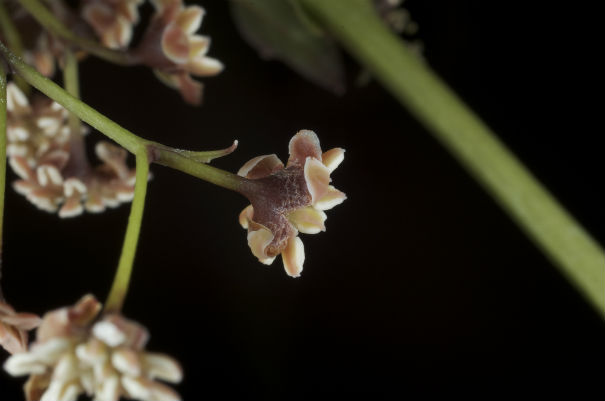
In keeping these flowers fresh, they are saturated with a toxic cocktail of chemicals -- many of which have been restricted or banned in the United States and Europe.
Starting from now on, if you care about Mother Earth, don’t give Mom flowers on Mother’s Day, advises environmentalist journalist Jennifer Grayson.
Because as we all know, there are some things that only Mom knows, that only Mom can tell you. Grayson is also writing “Unlatched,” a book about the breastfeeding controversy
And as the mother of two, explained in a penning a recent opinion piece for the Washington Post, there is far too much to take into account in the process of growing and importing the kinds of flowers that would melt the heart of any appreciative mother.
According to Grayson, up to 80 percent of the 5.6 billion stems of flowers sold are grown thousands of miles away in production greenhouses in Colombia or Ecuador. This year, we (67 percent of those celebrating the holiday) will spend a collective $2.4 billion to buy Mom flowers.
So in keeping these flowers fresh, they are saturated with a toxic cocktail of chemicals — many of which have been restricted or banned in the United States and Europe.
High on that list is aldicarb, an insecticide responsible for the largest pesticide poisoning in American history, in 1985, and methyl parathion, designated “one of the most toxic organophosphate pesticides” by the Environmental Protection Agency.
Also, the people who are suffering from the exposure to these chemicals are Ecuadoran women sometimes see their children suffer as a result of prenatal exposure.
Grayson said a study found that the children of Ecuadoran flower workers were at greater risk for neurological impairment and hypertension.
Adding insult to injury, once the flowers are cut, the environmentalist journalist wrote in the Washington Post that the flowers are stored in an energy-guzzling refrigerated warehouse, flown via cargo plane to the United States, brought to yet another refrigerated warehouse to await distribution, and — just to tack on a bit more to the carbon footprint.
The carbon footprint becomes even more menacing Grayson said when cellophane wrap, “those annoying little plastic stem tubes and the bouquet’s fate a week later, emitting methane in a landfill, and you may have gotten a gift with a bigger carbon footprint than if you’d driven four hours in a Hummer to visit Mom in person.”
Experts estimate that sending 100 million roses (the number believed to be given in the United States on Valentine’s Day, another big flower holiday) produces about 9,000 metric tons of carbon dioxide emission from the fields to the florists.

The average American household has a carbon footprint of 48 tons a year.
Still, in the face of these astonishing facts, growers certified by the Veriflora or Florverde programs (agricultural sustainability certification) have taken steps to minimize ecological impacts and improve worker conditions.
They use some organic pesticides and additives, conserve water with drip irrigation and rainwater collection, and incorporate environmentally sensitive waste disposal into their farming practices, Grayson reported in her Washington Post piece.
There is also a movement to go local with flowers with the American Grown and California Grown labels having a reduced carbon footprint, because they don’t travel as far as their exotic counterparts, and are grown under more stringent standards. Still, organic flowers made up only 0.25 percent of the market in 2010, Grayson said in her piece.
Some smaller supermarket chains, such as New Seasons Market in Portland, Ore., and Michigan-based Spartan Nash, now source flowers from nearby growers, said “Slow Flowers” author Debra Prinzing, who provides a directory of U.S. growers on her web site.
In fact, the movement for local flowers is becoming so strong that this month, the Senate passed a resolution supporting domestically grown flowers for Mother’s Day.